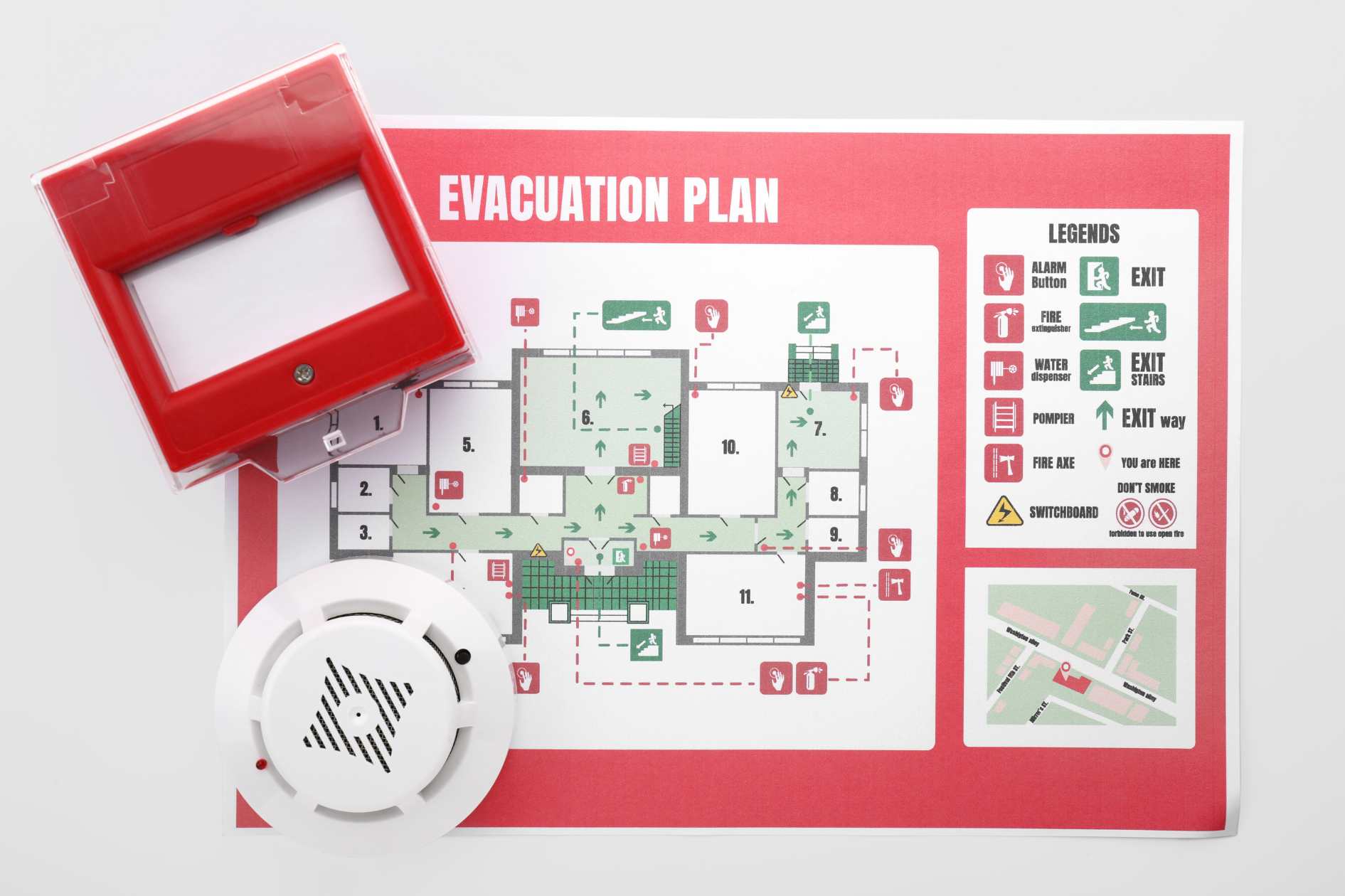A Comprehensive Guide on How to Create Impactful Video Training Programs for Remote Employees
As more companies started to embrace remote work, they noticed certain problems with employee engagement and retention. While there are dozens of benefits that remote work offers, there are simply some characteristics that make it hard for some people to feel fulfilled.
In the final phase of the hiring process, both remote and on-site jobs onboard their fresh recruits and train them accordingly for the role. Yet, there’s a significant difference between the two arrangements.
To make up for the disadvantages that remote onboarding and training have, managers have decided to implement video training programs for new employees. A significant 75% of learners are more likely to watch videos, which makes them an important part of the training program.
Companies might be unsure whether they have the resources to create such content. Nowadays, video making training programs can be facilitated with AI generators and automated translations.
Identifying Your Training Goals
Just like with almost any business decision and process, the most important plan is planning. You won’t have any benefits if you spend your budget on creating content that’s of secondary importance.
Having clear and attainable goals ensures that the process of creating video training programs will be more streamlined. Furthermore, in case the production strays from the original idea too much, you’ll be able to go back and stick with the original idea.
To make the videos as effective as possible, you would need to collaborate with frontline workers as well as with managers and veterans in the field. There are also limitations to which you need to adhere to.
The most significant barrier when creating this video is your resources and finances. Considering both resources and the effectiveness of the program, it’s important to tackle one large or multiple smaller training goals rather than doing many videos poorly.
As a part of identifying your training goals, you should focus on the ones that are the most urgent and significant. Then you can focus on creating content for further education of your employees or students.
Keep in mind that training programs are also a part of your company’s culture and objectives. Creating videos in such a way that the organization’s vision is incorporated in them will make them more impactful and relevant.
Understanding Your Audience
You check off this section by saying that your audience is your employees. But who are your employees? Is your company developing AI software, or is it assembling junction boxes? The workers in the companies I gave as an example significantly differ.
They have different backgrounds and education. People that play a part in hiring new employees already know some characteristics of their employees and can help them in creating video training programs. On the other hand, if you’re struggling to understand this, you can conduct a survey.
This survey might be more generalist. It can ask broader questions such as their education, learning style, and role. Once you gather this information, you can then make your own assumptions and devise a video. A more effective approach would be directly asking your employees what type of video content would be most helpful in educating them.
Unfortunately, surveys can sometimes take too much time and resources. If you’re unable to conduct a survey, you can rely on previous data you’ve gathered through interviewing employees.
Information found on business platforms such as LinkedIn or industry forums is also quite helpful in planning out the content for your employees.
Developing a Content Strategy
The practical part of creating a video starts with devising a content strategy. You have to make a list of all the different topics and sub-topics that you would want to cover. Each of them can also be more precisely categorized.
Different types of content can include:
- Explanatory,
- Demonstrative,
- Interactive.
Once you’ve decided how you would like to approach each topic, you can then focus on ordering the content in some logical way. You can start with creating the most important content first or by complexity or any other criteria that you decide to follow.
Even though you might decide to create simple videos for training purposes, you should leave space for creating interactive content in the future. Plan for quizzes and discussion points and aim to make the content reusable in the future.
By creating a detailed content strategy, you can use textual or visual resources used for your video training program in the future. This content can be repurposed for blog content or informative videos that can be published on YouTube or your website.
To ensure that the creation process of a video training program becomes a reality, develop a schedule for future activities. Have a deadline by which you would like to finish certain aspects of the overall creation.
An effective schedule can help you save money that you might spend on camera teams or renting out recording space. Furthermore, it will ensure that you will work on the program actively.
Scriptwriting and Storyboarding
A well-structured script serves as the backbone of your video training program. It is the written version of the message you want to convey, detailing what will be said and shown in the video. The speed at which you will conduct scriptwriting can be facilitated by the quality of your content strategy and the skillset of your team.
Keep in mind that even though the content needs to be educational, you shouldn’t make it boring. Rather, creating engaging content requires writing an interesting script that’s easy to follow.
If you’re going to have a lecturer in the videos, you need to be careful with your choice, as their appearance, voice, and acting is impactful on the way in which the message is conveyed.
Buy Now – Developing And Coaching Employees
Video Production and Editing
You have to hire professionals if you want to have your videos edited and produced adequately. These actions play a significant role in making the videos look polished and enjoyable to watch and learn from.
Even if you generate AI videos for free, consider some additional personnel that will make the videos ready for distribution. Just like with the content itself, you need to keep your audience in mind if you want to make the content appealing.
For example, younger audiences enjoy short content, with frames changing often. On the other hand, the older audience enjoys watching longer content with uninterrupted attention. In this context, there are some differences in how you would like to approach the visual effects and aesthetics of the video itself.
Editing & Post-Production
In the final steps of the production, you can focus on further polishing transitions and color balance of the video. Trimming unnecessary parts is an essential part of making the videos effective and transferring knowledge.
As a part of post-production, you can find an online video translator, which can allow you to make your content more accessible to foreign employees. If the large part of your team consists, for example, of Macedonian workers, making the content more accessible to them will significantly increase the effectiveness of the training program.
If you have an extra budget, you can even hire professional translators for the most essential lessons in the program.
Implementing Feedback
Before the video content leaves the studio, you can distribute multiple samples to your employees and see what’s their opinion. According to their comments, you can then alter the content to be more effective and usable for them.
If some parts of the video training program are interactive, the initial versions of the content can be tested and readjusted.
Since the goal of the training program is to improve the skills of the employees, your assessment of its quality needs to be based on how well the test group understands the content. If they find it useful, you can then focus on less important aspects such as user experience or accessibility features.

Analyzing Success and Planning for the Future (Conclusion)
Once you go through the mentioned steps of creating an engaging video training program, your journey isn’t over. This content can be helpful in the years to come by facilitating the effectiveness and speed at which new employees are onboarded in your company.
However, you need to be constantly on the lookout for whether your training programs are effective as they were in the past. New generations and workers transferring from other branches might need additional coaching.
Video training programs are an amazing way of training dozens or even hundreds of employees without having to invest time and money in them constantly. On the other hand, one-on-one meetings with fresh employees are incomparably more effective in boosting their morale and engagement.








